Project History
Cite page (MLA): McDonald, Jared, et al. "Project History." In Livingstone’s Manuscripts in South Africa (1843-1872). Jared McDonald and Adrian S. Wisnicki, dirs. Livingstone Online. Adrian S. Wisnicki and Megan Ward, dirs. University of Maryland Libraries, 2018. Web. http://livingstoneonline.org/uuid/node/118f2af1-1216-4999-b1f4-399694cf804d.
This page presents the project history of Livingstone’s manuscripts in South Africa (1843-72), from its inception in 2013 to its completion and publication online in 2018. The page provides a timeline of the project’s key activities and highlights the contributions of the institutions and individuals who participated in the production of the present edition.
Introduction Top ⤴
The development of the critical edition of Livingstone’s manuscripts in South Africa (1843-72) lasted just under five years (2013-18). The project history that follows provides insight into the phases of the project’s development and discusses all notable milestones. These include the project’s inception, the building of partnerships with relevant institutions, and the collaborative critical editing and encoding of the texts. The history concludes with an overview of the production of the edition and an epilogue that reflects on the project’s overall contribution to Livingstone Online, including its influence on future initiatives.
Project inception and early development (early 2013) Top ⤴
David Livingstone arrived in South Africa in 1841 as a missionary in the service of the London Missionary Society. Livingstone’s first decade of residence in southern Africa was filled with disappointment as his missionary efforts were met with little success.
In 1852, Livingstone embarked on his first expedition to the north in a bid to determine the prospects for mission and trade in the interior of the subcontinent. This led to Livingstone’s famous transcontinental African crossing (1852-56), one of the most famous British journeys of the nineteenth century.
!['Map Showing Travels.' Image from Lantern Slides of the Life, Adventures, and Work of David Livingstone, Date Unknown: [15]. Image courtesy of the Smithsonian Libraries, Washington, D.C. 'Map Showing Travels.' Image from Lantern Slides of the Life, Adventures, and Work of David Livingstone, Date Unknown: [15]. Image courtesy of the Smithsonian Libraries, Washington, D.C.](/sites/default/files/in-his-own-words/project-history/liv_012010_0015-article-1200.jpg)
'Map Showing Travels.' Image from Lantern Slides of the Life, Adventures, and Work of David Livingstone, Date Unknown: [15]. Image courtesy of the Smithsonian Libraries, Washington, D.C. The red line shows the extent of Livingstone's travels in southern Africa during his first sojourn on the continent (1841-56).
Livingstone’s extended association with southern Africa, especially his early work in service of the London Missionary Society from 1841 to 1856, set the stage for the accumulation of a variety of his manuscripts and other related artefacts in libraries, museums and archives across South Africa. Over the twentieth century, some of these manuscripts were published, but many remained hidden away from public view.
The year 2013 marked the bicentenary of David Livingstone’s birth in Blantyre, Scotland. A series of discussions at the time between the two directors of the present edition, Jared McDonaldJared McDonald (Senior Lecturer, University of the Free State). Associate project scholar and lead contact for South African research for Livingstone Online. Joint director of Livingstone's Manuscripts in South Africa (1843-72). and Adrian S. WisnickiAdrian S. Wisnicki (Associate Professor, University of Nebraska-Lincoln). Director of Livingstone Online and the Livingstone Spectral Imaging Project. Joint director of Livingstone's Manuscripts in South Africa (1843-72)., led to plans to develop an edition around the manuscripts in South Africa and, ultimately, resulted in a grant application to David Livingstone 200, a bicentenary initiative supported by the Scottish Government.
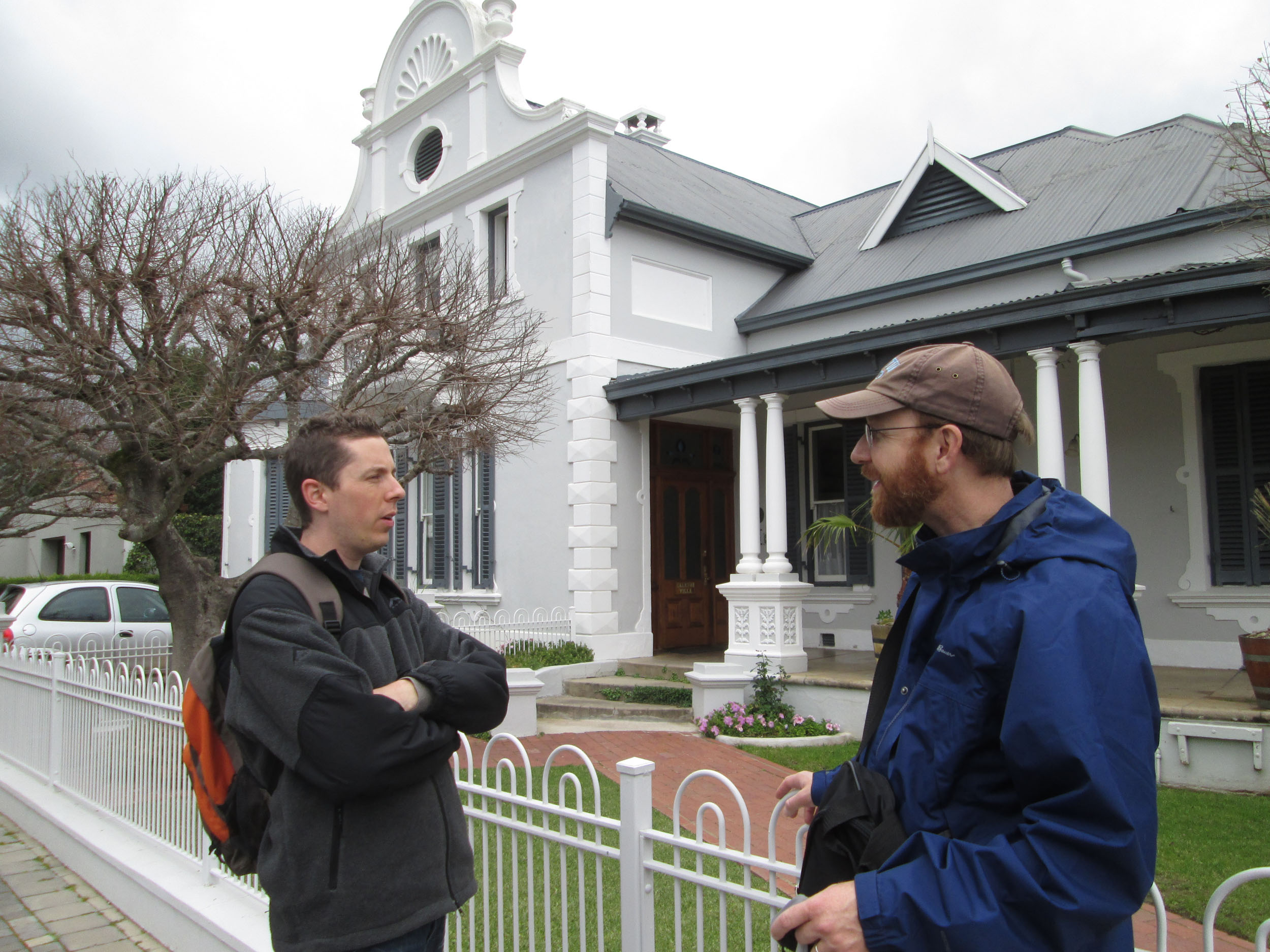
Jared McDonald and Adrian S. Wisnicki in Stellenbosch, South Africa, 2013. Copyright Adrian S. Wisnicki. Creative Commons Attribution-NonCommercial 3.0 Unported. Discussions between the two in 2013 led to the development of the present edition.
It was envisioned that a critical edition of Livingstone manuscripts from South African repositories would open a new phase of Livingstone Online development by extending the site’s reach to southern Africa as a whole and would lead to further collaborative work.
Although the Livingstone 200 grant bid proved unsuccessful, the Livingstone’s manuscripts in South Africa project nonetheless got underway when, in early 2013, McDonaldJared McDonald (Senior Lecturer, University of the Free State). Associate project scholar and lead contact for South African research for Livingstone Online. Joint director of Livingstone's Manuscripts in South Africa (1843-72). began approaching South African repositories known to have original Livingstone holdings in order to gauge interest about the proposed project.
Engagement with institutions (2013-14) Top ⤴
As a first step to creating the edition, McDonaldJared McDonald (Senior Lecturer, University of the Free State). Associate project scholar and lead contact for South African research for Livingstone Online. Joint director of Livingstone's Manuscripts in South Africa (1843-72). contacted the Brenthurst Library in Johannesburg. As the repository with the single largest collection of Livingstone manuscripts in South Africa, the Library’s participation was crucial for the overall success of the project. McDonald’s query met with a warm reception and plans were soon underway for digitization of the Library’s manuscripts.
| (Left; top in mobile) Image of a page of David Livingstone, Signed Copy of Missionary Travels and Researches in South Africa (1857), 22 February 1858. Image copyright The Brenthurst Press (Pty) Ltd, 2014. Creative Commons Attribution-NonCommercial 3.0 Unported. (Right; bottom) Image of a page of David Livingstone, Fragment of Missionary Travels and Researches in South Africa (Part III), January-October 1857: [3]. Image copyright The Brenthurst Press (Pty) Ltd, 2014. Creative Commons Attribution-NonCommercial 3.0 Unported. Since the present edition focuses primarily on letters, these two previously unpublished manuscript items are outliers. However, both help illuminate a key moment in Livingstone's life, the publication of the best-selling travel narrative Missionary Travels (1857). The signed copy points to Livingstone's emerging status as a celebrity, while the manuscript fragment reveals the work that went into crafting the narrative and includes text from five separate hands (David Livingstone, his brother Charles Livingstone, and three editors). |
Once the Brenthurst Library granted permission for the digitization of its Livingstone manuscripts, the process of contacting other repositories continued during the course of 2013. The intended research gains of the project were rewarded as more repositories confirmed their willingness to participate.
By early 2014, a total of six institutions had committed to the project. The additional archives included the Cory Library for Historical Research at Rhodes University, the Graaff-Reinet Museum, the Kimberley Africana Library, the National Library of South Africa, and the Special Collections of the University of Cape Town Library. As part of these developments, the Board of the Graaff-Reinet Museum also invited McDonaldJared McDonald (Senior Lecturer, University of the Free State). Associate project scholar and lead contact for South African research for Livingstone Online. Joint director of Livingstone's Manuscripts in South Africa (1843-72). to deliver a lecture at the Museum’s annual fundraising dinner in October 2013.
| (Upper-left; first in mobile) Treasure Redmond, Jared McDonald, Anne Reading Crowther, Adrian S. Wisnicki, Angela Aliff, and Debonair Oates at the University of Cape Town, 2013. Copyright Adrian S. Wisnicki. Creative Commons Attribution-NonCommercial 3.0 Unported. (Upper-right; second in mobile) Melanie Geustyn, Sandy Shell, and Adrian S. Wisnicki at the National Library of South Africa, Cape Town Campus, 2013. Copyright Adrian S. Wisnicki. Creative Commons Attribution-NonCommercial 3.0 Unported. (Lower-left; third in mobile) Jennifer Kimble and Sally MacRoberts at the Brenthurst Library, 2016. Copyright Brenthurst Library. Creative Commons Attribution-NonCommercial 3.0 Unported. (Lower-right; fourth in mobile) Leslie Hart and Jared McDonald at the University of Cape Town Library, 2013. Copyright Adrian S. Wisnicki. Creative Commons Attribution-NonCommercial 3.0 Unported. These images show some of the many individuals that played a role in the history of the present edition. Redmond, Crowther, Aliff (who later joined the project team), and Oates were students in the 2013 study abroad program that Wisnicki led with McDonald in South Africa in 2013. Others contributed on behalf of their institutions, including the National Library of South Africa (Geustyn, Principal Librarian of Special Collections; Shell, Librarian), the Brenthurst Library (Kimble, Head Librarian of Manuscripts Collections; MacRoberts, Library Director), and the University of Cape Town Library (Hart, former Head of Special Collections). |
While this initial work was underway, WisnickiAdrian S. Wisnicki (Associate Professor, University of Nebraska-Lincoln). Director of Livingstone Online and the Livingstone Spectral Imaging Project. Joint director of Livingstone's Manuscripts in South Africa (1843-72). travelled to South Africa in July 2013 as the co-leader of a study abroad trip for his then current institution, Indiana University of Pennsylvania. Due to his expertise in South African history, McDonaldJared McDonald (Senior Lecturer, University of the Free State). Associate project scholar and lead contact for South African research for Livingstone Online. Joint director of Livingstone's Manuscripts in South Africa (1843-72). received an invitation to join this group and, during this trip, Wisnicki and McDonald continued to discuss the intended project. Angela AliffAngela Aliff (Independent Scholar). Research assistant and interface designer for Livingstone Online. Project scholar for Livingstone's Manuscripts in South Africa (1843-72)., one of the graduate students on the trip, also emerged as a keen participant and eventually joined the project.
Additionally, McDonald and Wisnicki used the study abroad trip as an opportunity to visit the National Library of South Africa’s Cape Town campus and the University of Cape Town Library’s Special Collections. These visits provided opportunities to see the original Livingstone materials housed in these repositories and to meet with institutional staff regarding possible collaboration. During the visit to the University of Cape Town, McDonald, Wisnicki, and Wisnicki’s students even turned up a few, previously uncatalogued Livingstone manuscripts.
Critical editing and encoding, initial publication (2014-16) Top ⤴
The critical editing and encoding phase of the project commenced in 2014. McDonaldJared McDonald (Senior Lecturer, University of the Free State). Associate project scholar and lead contact for South African research for Livingstone Online. Joint director of Livingstone's Manuscripts in South Africa (1843-72)., WisnickiAdrian S. Wisnicki (Associate Professor, University of Nebraska-Lincoln). Director of Livingstone Online and the Livingstone Spectral Imaging Project. Joint director of Livingstone's Manuscripts in South Africa (1843-72)., and now AliffAngela Aliff (Independent Scholar). Research assistant and interface designer for Livingstone Online. Project scholar for Livingstone's Manuscripts in South Africa (1843-72). collectively led this phase of the project. In order to manage the workload and to meet a reasonable deadline for the completion of the project, Wisnicki, now at the University of Nebraska-Lincoln, invited several Livingstone Online staff members and associates to assist with the critical editing and encoding.
| (Left; top in mobile) Jared McDonald, Adrian S. Wisnicki, and Angela Aliff at Cape Vidal, iSimangaliso Wetlands, KwaZulu-Natal, South Africa, 2013. Copyright Adrian S. Wisnicki. Creative Commons Attribution-NonCommercial 3.0 Unported. (Right; bottom) Heather Ball and Angela Aliff at the Joseph F. Cullman 3rd Library of Natural History, Washington DC, 2014. Copyright Angela Aliff. Creative Commons Attribution-NonCommercial 3.0 Unported. The study abroad trip led by Wisnicki and McDonald offered a chance to reflect on the influence of explorers, like Livingstone, in the development of modern game parks, as explorer records often serve as sources of historical information about flora and fauna in specific regions and locations. However, during the trip Wisnicki and McDonald also had students consider how South African game parks, through careful crafting, can work to stage safari experiences that reflect western stereotypes about Africa. After the study abroad trip, Aliff came to take a leading role in developing the present edition, but like Ball and others involved in the project was also soon contributing to other site initiatives, such as the Livingstone Online Enrichment and Access Project (LEAP, 2013-17). |
The individuals brought onto the project included Anne MartinAnne Martin (Archivist, David Livingstone Centre). Associate director of Livingstone Online. Critical encoding contributor for Livingstone's Manuscripts in South Africa (1843-72)., Heather F. BallHeather F. Ball (Student Success Librarian and Assistant Professor, St. John's University ). Coordinating Associate Project Scholar for Livingstone Online. Critical encoding contributor for Livingstone's Manuscripts in South Africa (1843-72)., Justin LivingstoneJustin Livingstone (Research Fellow, Queen's University Belfast). Associate project scholar for Livingstone Online. Critical encoding contributor for Livingstone's Manuscripts in South Africa (1843-72)., Kate SimpsonKate Simpson (Research Associate, Edinburgh Napier University). Associate project scholar and UK outreach coordinator for Livingstone Online. Critical encoding contributor for Livingstone's Manuscripts in South Africa (1843-72)., Stephen HallStephen Hall (Graduate Student, University of Glasgow). Contributor to Livingstone Online. Critical encoding contributor for Livingstone's Manuscripts in South Africa (1843-72)., and Alex MunsonAlex Munson (Graduate Student, University of Nebraska-Lincoln). Research assistant for Livingstone Online. Critical encoding contributor for Livingstone's Manuscripts in South Africa (1843-72).. Subsequently, Mary Borgo TonMary Borgo Ton (Graduate Student, Indiana University). Research assistant for Livingstone Online. Project scholar for Livingstone's Manuscripts in South Africa (1843-72)., a graduate student who had recently reached out to WisnickiAdrian S. Wisnicki (Associate Professor, University of Nebraska-Lincoln). Director of Livingstone Online and the Livingstone Spectral Imaging Project. Joint director of Livingstone's Manuscripts in South Africa (1843-72)., joined the editorial effort and soon took a leading role in the project as a whole.
In April 2016, members of the project’s critical editing and encoding team gathered in Lincoln, Nebraska for the Nineteenth Century Studies Association’s conference, of which Wisnicki was a co-organizer. This conference provided a valuable opportunity for the project’s team members to meet face-to-face – for the first time in some cases – and to review the progress of the critical encoding phase of the project. Members of the team also presented papers on aspects of their Livingstone research as part of a panel entitled, “Papers on Dr Livingstone, I Presume?”
| (Upper-left; top in mobile) Justin Livingstone, Jared McDonald, Erin Cheatham, Adrian S. Wisnicki, Mary Borgo Ton, and Alex Munson at the University of Nebraska-Lincoln, 2016. Copyright Angela Aliff. Creative Commons Attribution-NonCommercial 3.0 Unported. (Upper-right; middle) American Bison at the Lee G. Simmons Conservation Park & Wildlife Safari, Ashland, Nebraska, 2016. Copyright Angela Aliff. Creative Commons Attribution-NonCommercial 3.0 Unported. (Bottom) Mary Borgo Ton presents at the Nineteenth Century Studies Association Conference at the University of Nebraska, 2016. Copyright Adrian S. Wisnicki. Creative Commons Attribution-NonCommercial 3.0 Unported. The Nineteenth Century Studies Association Conference created the opportunity to bring members of the project together (Livingstone, McDonald, Wisnicki, Ton, and Munson) with other Livingstone Online collaborators (Cheatham) for training, reflect on stereotypes in the context of the American safari experience, and present on the work of the project to a wider audience. |
In December 2016, the digitization of images from contributing repositories came to an end and Livingstone Online released images of the 66 manuscript items collected by the project plus “bonus” images of four commemorative items. The team followed up the release of the images with publication of critically edited and encoded transcriptions of the letters in May 2017.
Bonus: Read the Livingstone Online blog entries for The Livingstone Online Team Meets in Lincoln, Nebraska and "Livingstone's Manuscripts in South Africa" – Digital Images Released
Development of critical materials and digital edition (2017-18) Top ⤴
With the images and edited transcriptions published, McDonaldJared McDonald (Senior Lecturer, University of the Free State). Associate project scholar and lead contact for South African research for Livingstone Online. Joint director of Livingstone's Manuscripts in South Africa (1843-72)., WisnickiAdrian S. Wisnicki (Associate Professor, University of Nebraska-Lincoln). Director of Livingstone Online and the Livingstone Spectral Imaging Project. Joint director of Livingstone's Manuscripts in South Africa (1843-72)., and TonMary Borgo Ton (Graduate Student, Indiana University). Research assistant for Livingstone Online. Project scholar for Livingstone's Manuscripts in South Africa (1843-72). began to develop the supporting critical materials for the edition, including the present project history, a reflective piece on building the edition, and a descriptive account of the manuscript holdings of each contributing institution. However, the central task during this phase was to develop a reflective critical essay on the contents of the letters contained in the digital collection. The team recognized that bringing together a collection of some 60 odd manuscripts, penned over a thirty-year period, and housed in six repositories offered a new opportunity to consider these manuscripts as a whole.
| (Left; top in mobile) Image of a page of David Livingstone, Letter to William S. Price, 27 September 1865: [10]. (Right; bottom) Image of a page of David Livingstone, Letter to Henry Denny, 7 December 1849: [4]. Image copyright The Brenthurst Press (Pty) Ltd, 2014. Creative Commons Attribution-NonCommercial 3.0 Unported. These two items point to the many, often undocumented and unknown hands that have helped shape and preserve Livingstone's manuscripts over time. The first item, the verso of a page with Livingstone's writing (which is still visible due to bleed through), contains curatorial annotations in two separate hands. The second item, the last page of a letter which includes the postal address of Livingstone's addressee, bears several postal stamps and other related marks in addition to Livingstone's handwritten text. |
McDonaldJared McDonald (Senior Lecturer, University of the Free State). Associate project scholar and lead contact for South African research for Livingstone Online. Joint director of Livingstone's Manuscripts in South Africa (1843-72). led the drafting of the essay, with TonMary Borgo Ton (Graduate Student, Indiana University). Research assistant for Livingstone Online. Project scholar for Livingstone's Manuscripts in South Africa (1843-72). and WisnickiAdrian S. Wisnicki (Associate Professor, University of Nebraska-Lincoln). Director of Livingstone Online and the Livingstone Spectral Imaging Project. Joint director of Livingstone's Manuscripts in South Africa (1843-72). contributing in an editorial capacity. The critical essay went through several rounds of drafting and editing, with the overall goal being to provide readers with useful insights into the letters’ contents while encouraging further reading of the manuscripts.
The final phase of work focused on building the critical edition itself. This involved two stages. First, all new critical materials were added to the front end of Livingstone Online, a process considerably streamlined by the release of the Livingstone Online Instruction Manual in 2017. Second, Wisnicki drew on the Livingstone Online digital collection to illustrate all critical materials in a way that supported and extended the subject matter of the materials.
Once the work came to an end, the team released the first edition of Livingstone's manuscripts in South Africa on 27 February 2018, five years to the day on which discussions about the project first began.
In early 2018, soon after the release of the first edition, the project team submitted the edition to the Modern Language Association (MLA) for peer review and to be considered for a seal from the Committee on Scholarly Editions. Matthew Rubery (Queen Mary, University of London) kindly agreed to serve as the edition vetter on behalf of the MLA, while Anne Coldiron (Florida State University) took the role of review manager; Laura Kiernan (MLA) facilitated the inspection as the Committee's staff liaison.
Rubery delivered his report in late August 2018. The report was positive and recommended that the edition be awarded the seal, but also suggested that the project team engage in a final round of proofreading as review of the transcriptions in relation to the images turned up a number of surface errors.
As a result, in October and November 2018, members of the project team (Ball, Martin, McDonald, Simpson, Ton, and Wisnicki) undertook a comprehensive round of proofreading. The team then published the revised transcriptions. Finally, on 31 January 2019, the team learned that the edition had been awarded the seal designating the edition as an MLA Approved Edition. The seal now appears on the home page of the edition.
Bonus: Read the Livingstone Online blog entry for “Livingstone’s Manuscripts in South Africa (1843-1872)” – Critical Edition Published
Epilogue Top ⤴
Development of the edition encompassed work on three continents and, for the first time, extended the reach of Livingstone Online to southern Africa. The project team realized all the work without any external funding thanks to the generosity of the collaborating institutions plus recourse to Winsicki’s institutional research funds for the digitization of the Brenthurst Library manuscripts. The edition broadened Livingstone Online’s collection of primary and critical materials and highlighted the need to draw in perspectives on site materials from the communities currently engaged in preserving Livingstone’s written and other legacies in southern Africa.

Maggie Katongo, Kingsley Choongo, Gail van Jaarsveldt, and Perrice Nkombwe at the Livingstone Museum, Livingstone, Zambia, 2017. Copyright Jared McDonald. Creative Commons Attribution-NonCommercial 3.0 Unported. This photo brings together representatives of the Livingstone Museum (Katongo, Archivist; Choongo, Keeper of History; Nkombwe, former Head of Ethnography) and the Jafuta Foundation (van Jaarsveldt, Trustee).
Fortuitously, just as work for the edition was winding down, WisnickiAdrian S. Wisnicki (Associate Professor, University of Nebraska-Lincoln). Director of Livingstone Online and the Livingstone Spectral Imaging Project. Joint director of Livingstone's Manuscripts in South Africa (1843-72). and McDonaldJared McDonald (Senior Lecturer, University of the Free State). Associate project scholar and lead contact for South African research for Livingstone Online. Joint director of Livingstone's Manuscripts in South Africa (1843-72). were contacted by Gail van JaarsveldtGail van Jaarsveldt (Trustee, Jafuta Foundation, Zimbabwe). Institutional contact for Livingstone Online., director of the Jafuta Foundation in Zimbabwe. Van Jaarsveldt proved keen to support the work of Livingstone Online and soon sponsored a visit by McDonald to Zimbabwe, from where she and McDonald traveled to the Livingstone Museum in Livingstone, Zambia and met with the Museum’s director, George MudendaGeorge Mudenda (Director, Livingstone Museum, Zambia)., and other staff.
McDonald’s visit, in turn, opened discussions about a collaboration between Livingstone Online and the Museum to launch a new project focused on the Museum’s sizeable collection of Livingstone manuscripts and artefacts – one of the largest such single collections in southern Africa. These discussions are now ongoing. Should the venture prove successful, it would extend the work of the present edition and become the next phase of Livingstone Online’s efforts to build new partnerships in southern Africa.
Bonus: Download a set of curated project documents (3.5 MB)
Double-bonus: Download screenshots (39.1 MB) of the entire edition of Livingstone's manuscripts in South Africa (1843-72)
Triple-bonus: Read the Livingstone Online blog entries for:
- Livingstone Online and the Clarens Kopse: Community Engagement in the Maluti Mountains, which describes an additional lecture on the Livingstone's manuscripts in South Africa (1843-72) edition that Jared McDonaldJared McDonald (Senior Lecturer, University of the Free State). Associate project scholar and lead contact for South African research for Livingstone Online. Joint director of Livingstone's Manuscripts in South Africa (1843-72). delivered during project development; and
- In the Footsteps of David Livingstone: Exploring New Opportunities for Livingstone Online in Southern Africa, which offers an account of McDonald's initial trip to Zimbabwe and Zambia on behalf of Livingstone Online.


![John Murray III and Anon., David Livingstone - Boat Scene (Painted Magic Lantern Slide), [1857], detail. Copyright National Library of Scotland, CC BY-NC-SA 2.5 SCOTLAND. John Murray III and Anon., David Livingstone - Boat Scene (Painted Magic Lantern Slide), [1857], detail. Copyright National Library of Scotland, CC BY-NC-SA 2.5 SCOTLAND.](https://livingstoneonline.org:443/sites/default/files/section_page/carousel_images/liv_014067_0001-carousel.jpg)
![Image of two pages from Livingstone's Field Diary XVI (Livingstone 1872h:[2]-[3]). CC BY-NC 3.0 Image of two pages from Livingstone's Field Diary XVI (Livingstone 1872h:[2]-[3]). CC BY-NC 3.0](https://livingstoneonline.org:443/sites/default/files/section_page/carousel_images/liv_000016_0003-carousel.jpg)





![David Livingstone, Map of Lakes Nyassa and Shirwa [1864?], detail. Copyright National Library of Scotland, CC BY-NC-SA 2.5 SCOTLAND; Dr. Neil Imray Livingstone Wilson, CC BY-NC 3.0 David Livingstone, Map of Lakes Nyassa and Shirwa [1864?], detail. Copyright National Library of Scotland, CC BY-NC-SA 2.5 SCOTLAND; Dr. Neil Imray Livingstone Wilson, CC BY-NC 3.0](https://livingstoneonline.org:443/sites/default/files/section_page/carousel_images/liv_000077_0001-tile.jpg)


![Image of a page of David Livingstone, Fragment of Missionary Travels and Researches in South Africa (Part III), January-October 1857: [3]. Image copyright The Brenthurst Press (Pty) Ltd, 2014. Creative Commons Attribution-NonCommercial 3.0 Unported (https://creativecommons.org/licenses/by-nc/3.0/). Image of a page of David Livingstone, Fragment of Missionary Travels and Researches in South Africa (Part III), January-October 1857: [3]. Image copyright The Brenthurst Press (Pty) Ltd, 2014. Creative Commons Attribution-NonCommercial 3.0 Unported (https://creativecommons.org/licenses/by-nc/3.0/).](/sites/default/files/in-his-own-words/project-history/liv_000102_0003-article-1200.jpg)
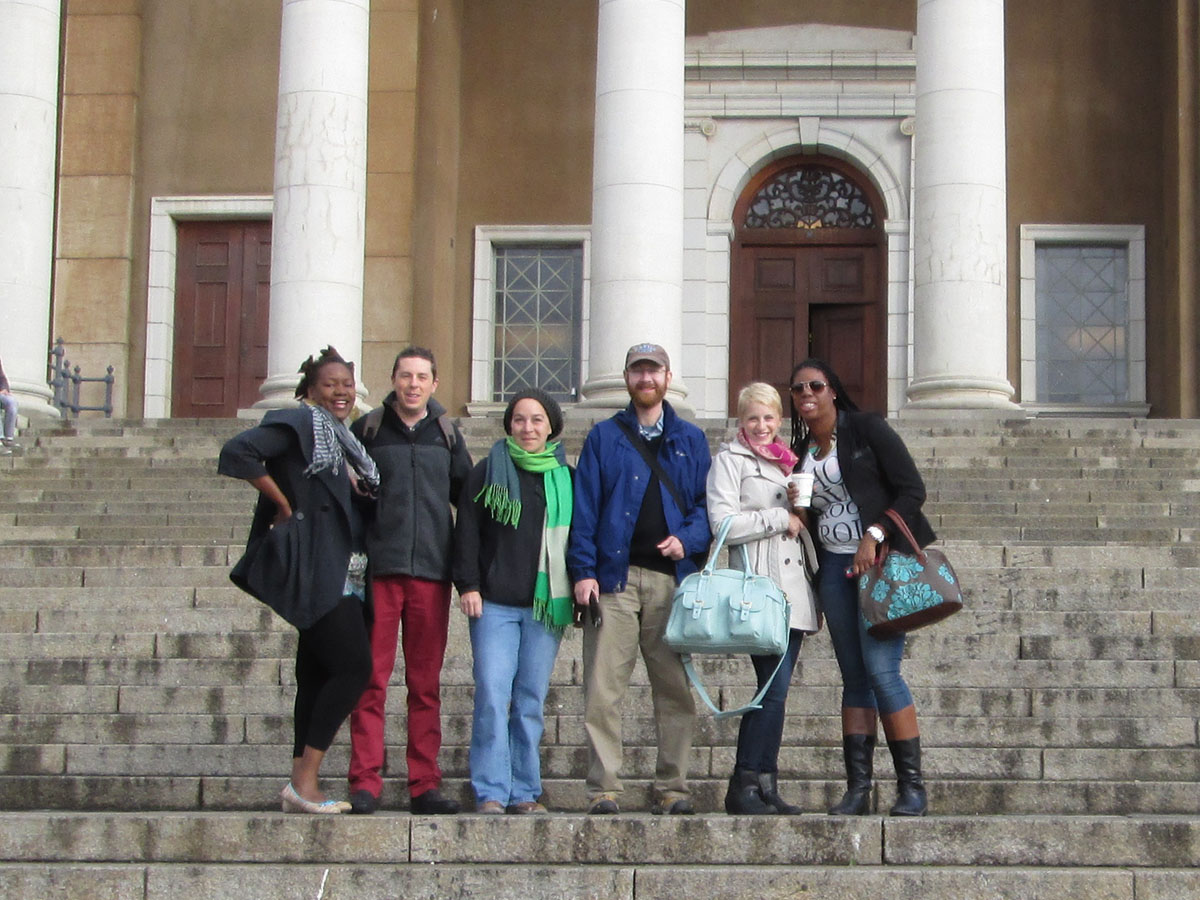
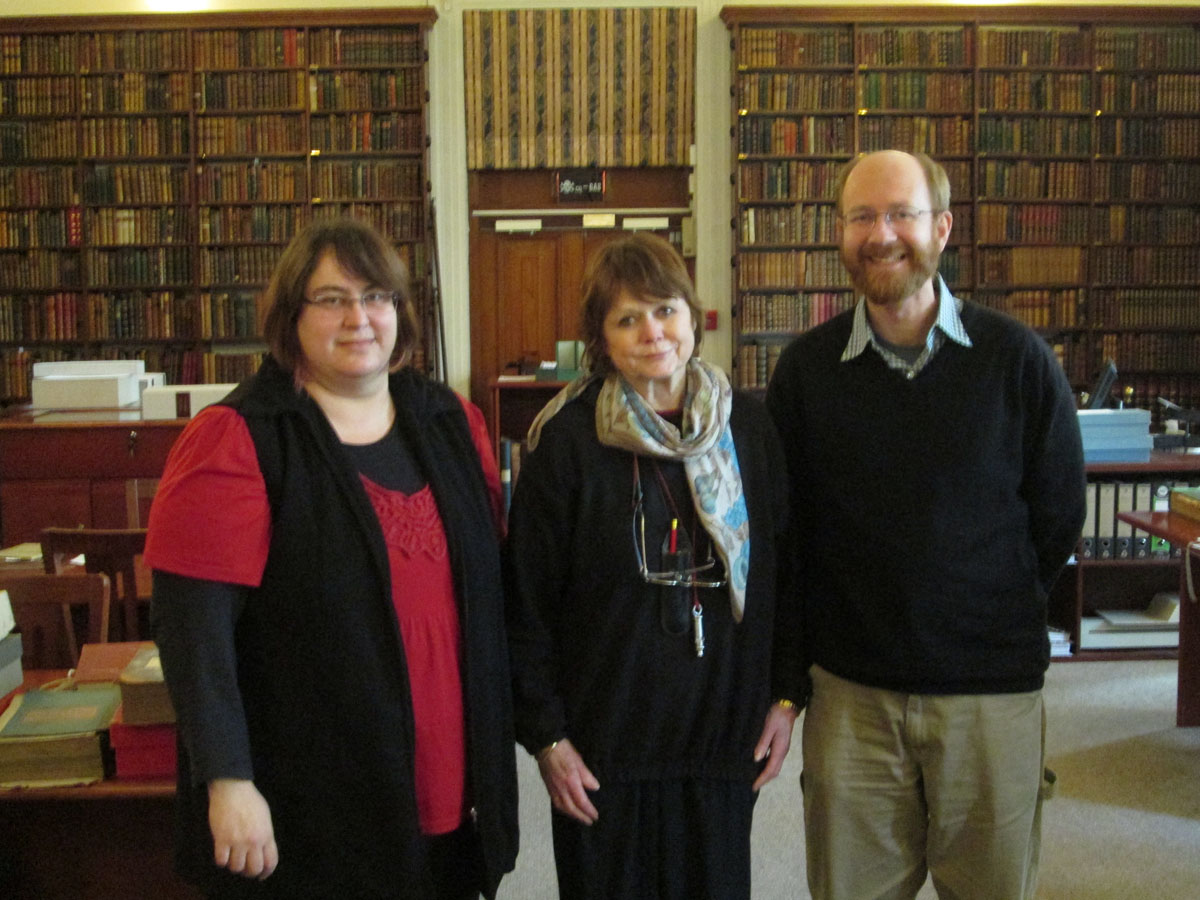
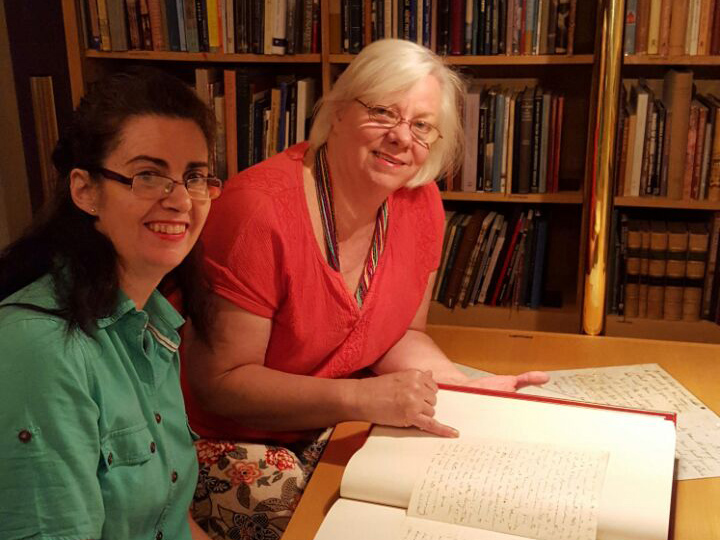
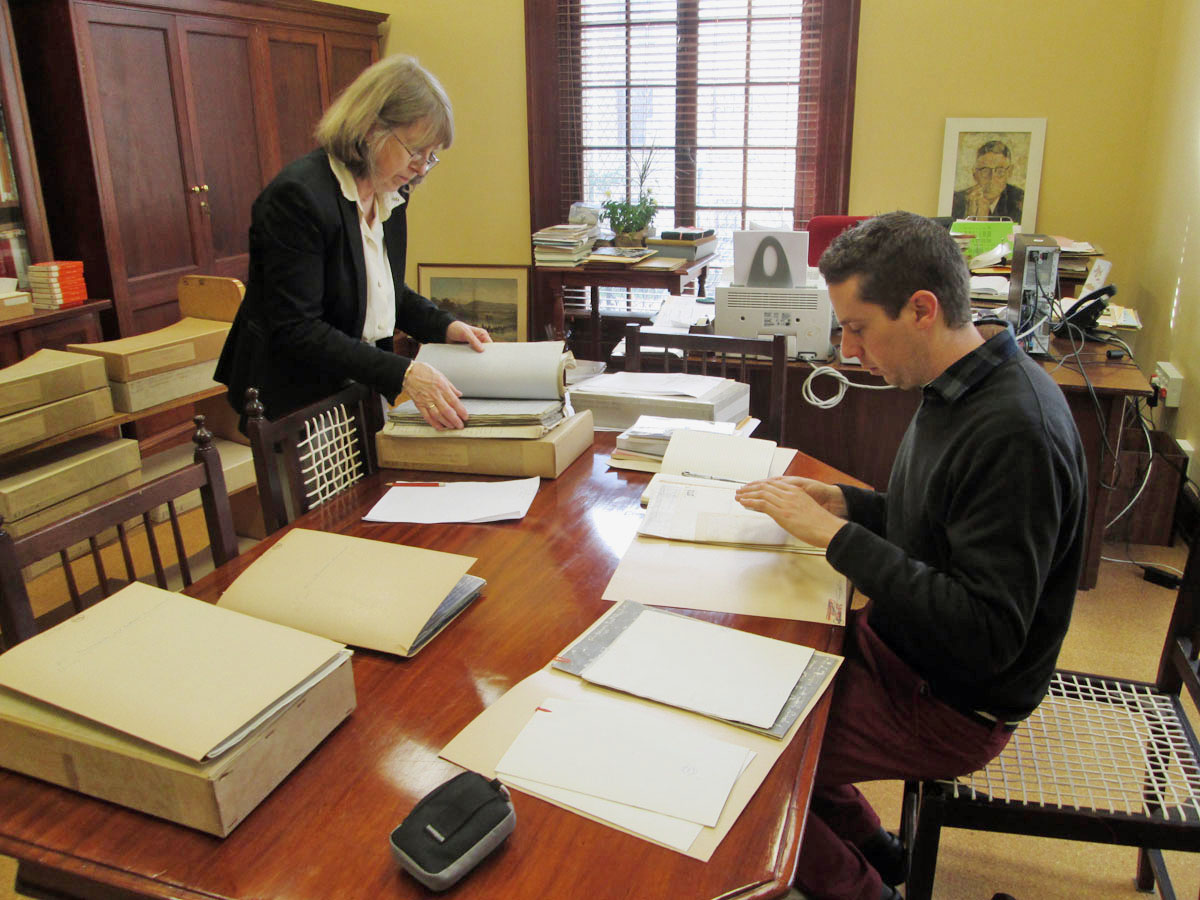

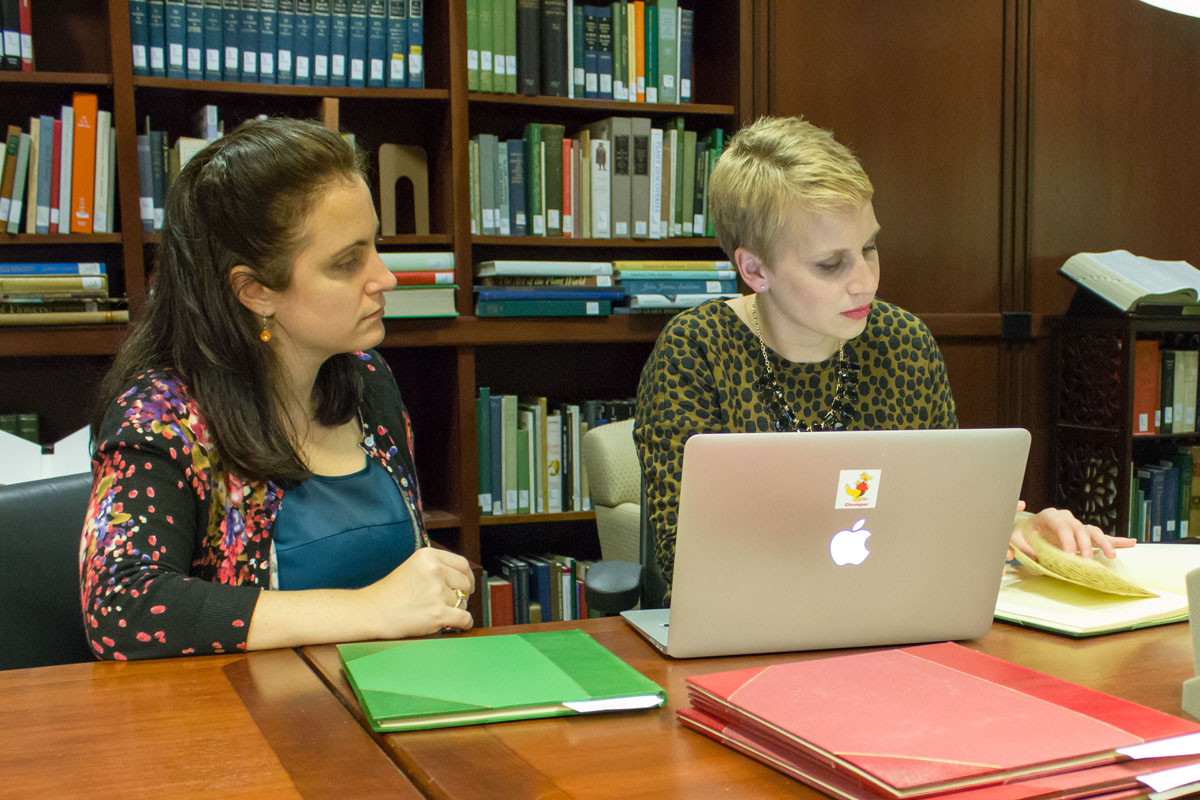

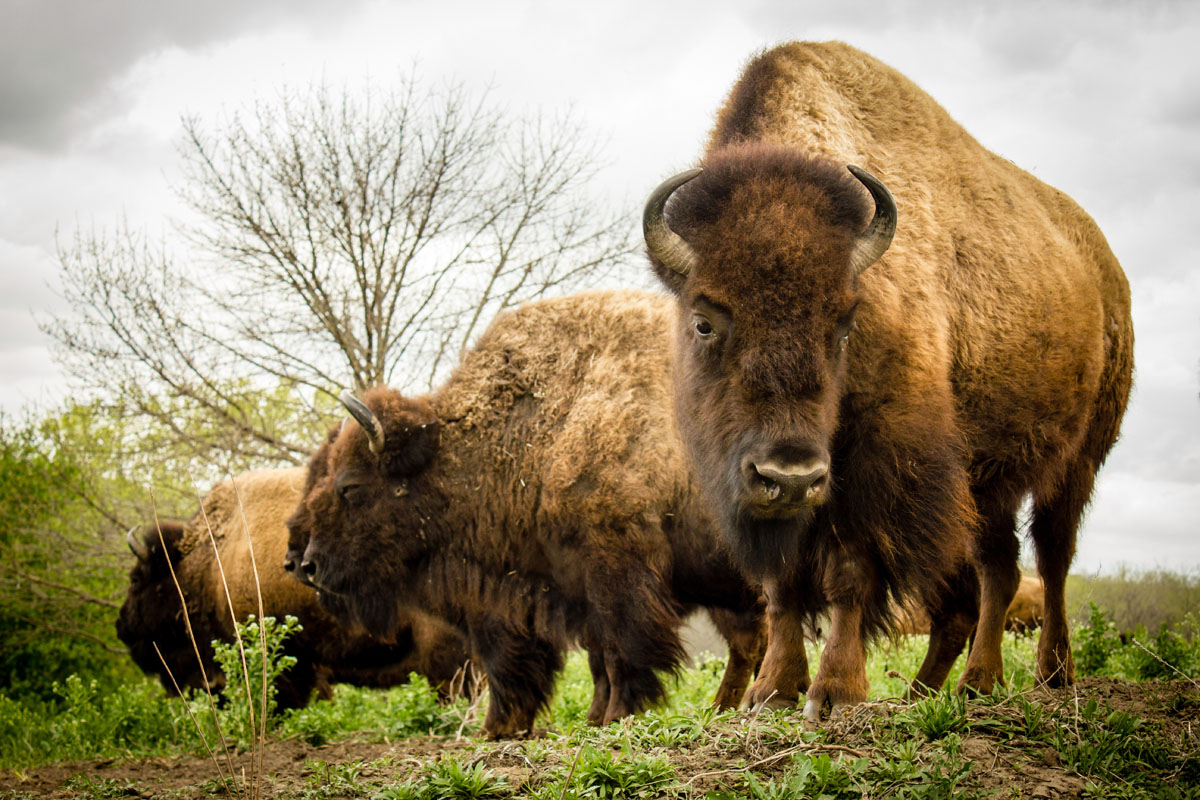
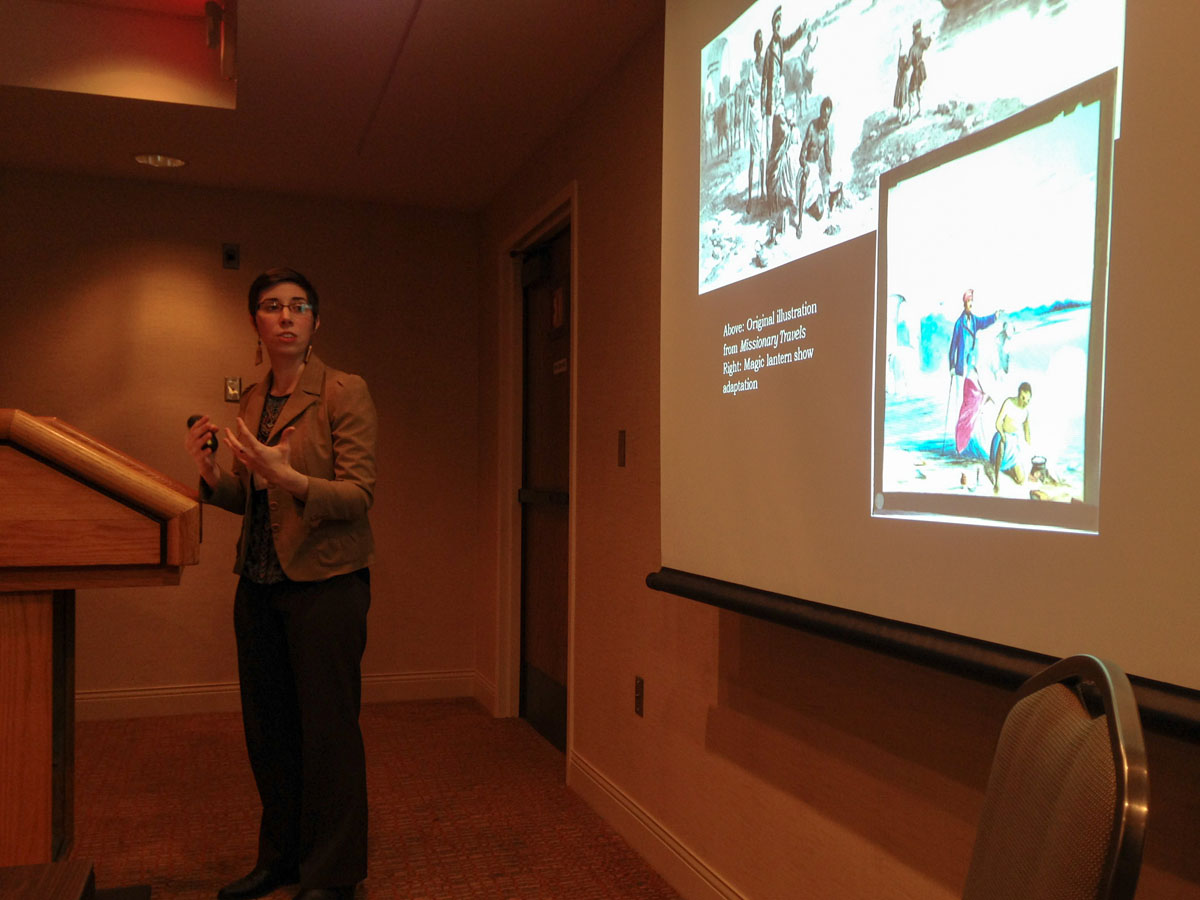
![Image of a page of David Livingstone, Letter to William S. Price, 27 September 1865: [10]. Image copyright The Brenthurst Press (Pty) Ltd, 2014. Creative Commons Attribution-NonCommercial 3.0 Unported (https://creativecommons.org/licenses/by-nc/3.0/). Image of a page of David Livingstone, Letter to William S. Price, 27 September 1865: [10]. Image copyright The Brenthurst Press (Pty) Ltd, 2014. Creative Commons Attribution-NonCommercial 3.0 Unported (https://creativecommons.org/licenses/by-nc/3.0/).](/sites/default/files/in-his-own-words/project-history/liv_002416_0010-article-1200.jpg)
![Image of a page of David Livingstone, Letter to Henry Denny, 7 December 1849: [4]. Image copyright The Brenthurst Press (Pty) Ltd, 2014. Creative Commons Attribution-NonCommercial 3.0 Unported (https://creativecommons.org/licenses/by-nc/3.0/). Image of a page of David Livingstone, Letter to Henry Denny, 7 December 1849: [4]. Image copyright The Brenthurst Press (Pty) Ltd, 2014. Creative Commons Attribution-NonCommercial 3.0 Unported (https://creativecommons.org/licenses/by-nc/3.0/).](/sites/default/files/in-his-own-words/project-history/liv_000688_0004-article-1200.jpg)